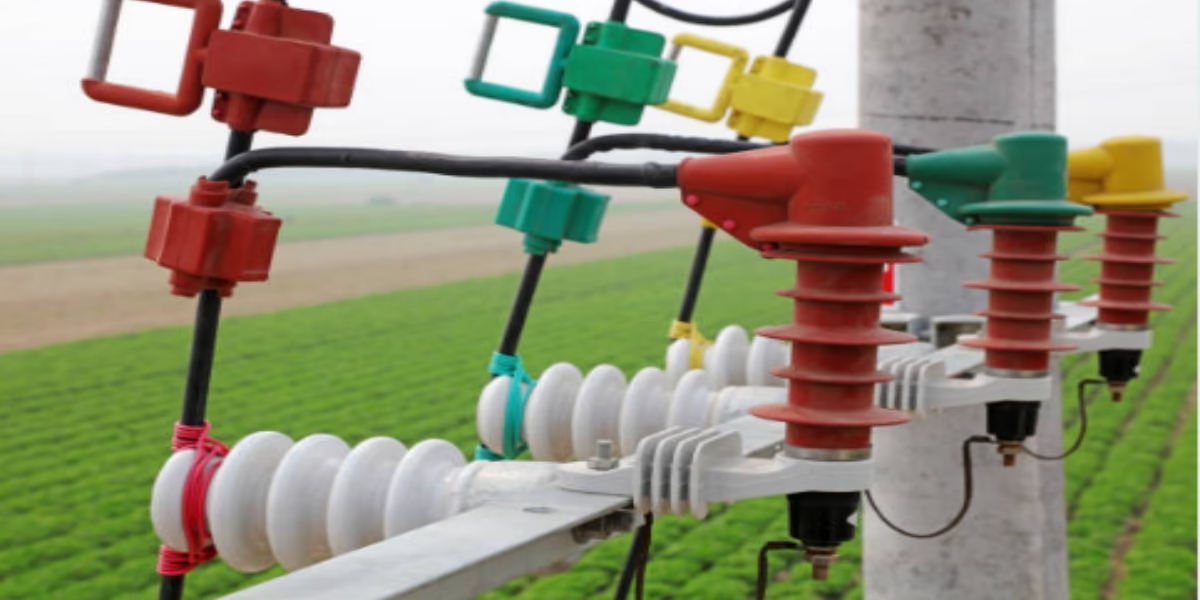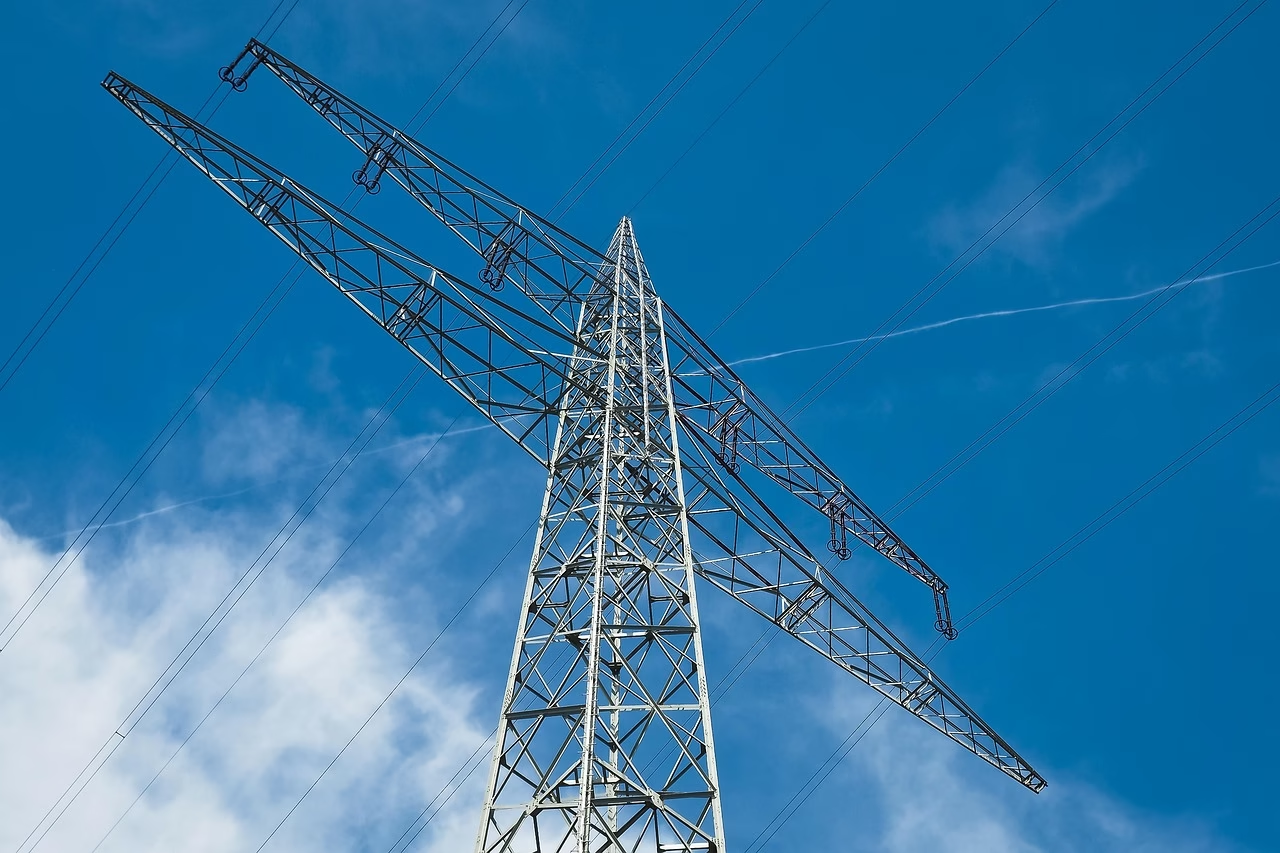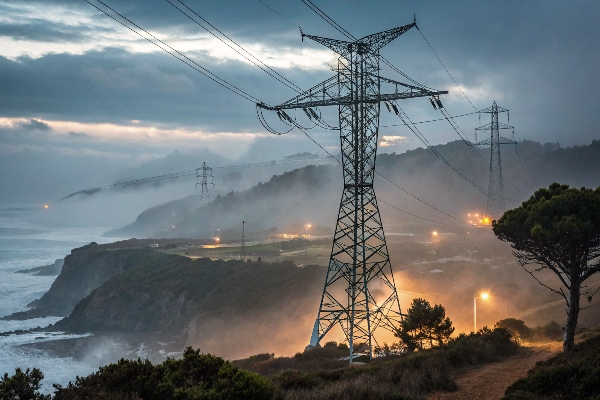Understanding Fuse Cutouts: power Protection Unplugged
In a world increasingly powered by electric energy, the hidden heroes of our electrical systems often go unnoticed. Among these unsung safeguards, fuse cutouts stand as crucial sentinels of safety and reliability, ensuring that our power supply remains steadfast in the face of unexpected challenges. But what exactly are fuse cutouts, and how do they work to protect both infrastructure and consumers? As we delve into the intricate mechanics and pivotal role of these devices, we will unravel the mysteries behind their operation, their importance in maintaining the stability of our electrical networks, and the innovations that continuously enhance their effectiveness. Join us on a journey to comprehend these essential yet overlooked components of power protection—where understanding is the first step toward appreciating the quiet guardians of our electric age.
Table of Contents
- Understanding the Mechanism: How Fuse Cutouts Safeguard Your Electrical System
- Key Features to Consider: Choosing the Right Fuse Cutout for Your Needs
- Best Practices for Installation and Maintenance: Ensuring Long-Term Reliability
- Troubleshooting Common Issues: Keeping Your Fuse Cutouts in Optimal Condition
- Q&A
- Key Takeaways
Understanding the Mechanism: How Fuse Cutouts Safeguard Your Electrical System
Fuse cutouts serve as crucial components in safeguarding your electrical systems by providing a reliable method of disconnecting and protecting electrical circuits from overloads or short circuits. These devices utilize a fuse element that melts when excessive current flows, thereby interrupting the circuit and preventing equipment damage or fire hazards. When the fuse blows, it creates a physical gap in the circuit, effectively stopping the flow of electricity until the fuse is replaced, ensuring that the system can return to safe operating conditions. This simple yet effective mechanism underpins the integrity of industrial and residential electrical systems alike.
Beyond their protective function,fuse cutouts also assist in maintaining the overall efficiency of electrical distribution.They are designed wiht cutout enclosures that shield the internal components from environmental elements, thereby enhancing their durability. In addition, their installation allows for easy maintenance and speedy troubleshooting, minimizing downtime during repairs. Key features of fuse cutouts include:
- Arc-Quenching Design: Reduces the risk of electrical arcing when the fuse element blows.
- Visible Disconnect: Provides a visual indication that the circuit is no longer energized.
- Weatherproof Enclosures: Protects against adverse conditions and extends the lifespan of the device.
key Features to Consider: Choosing the Right Fuse Cutout for Your Needs
When selecting a fuse cutout, it's essential to assess a few critical elements that align with your specific operational requirements. Voltage rating, wich indicates the maximum voltage a cutout can handle, is paramount. It's crucial to match the voltage rating with your system's specifications to prevent malfunction. Additionally, consider the current rating, which reflects the maximum current the cutout can safely interrupt. An appropriate current rating helps ensure the reliability and efficiency of your electrical system. Furthermore,the material of the cutout significantly impacts it's durability and performance; options range from porcelain to polymer,each with its advantages in terms of insulation and environmental resilience.
Another critically important feature to evaluate is the operational surroundings where the cutout will be installed. For outdoor applications, choose models that offer robust weather sealing and resist corrosion. The cutout's installation type should also complement your setup—whether it’s a pole-mounted option or a more integrated design. compatibility with accessories such as indicators and switches can further enhance functionality. ensure that the manufacturer provides adequate safety certifications to guarantee compliance with industry standards,as this reflects the reliability and quality of the product.
Best Practices for Installation and maintenance: Ensuring Long-Term Reliability
To ensure the long-term reliability of fuse cutouts, careful attention must be given to both installation and maintenance practices. It is indeed crucial to follow the manufacturer’s guidelines, which typically include:
- Site Assessment: Evaluate the installation site for environmental factors, such as moisture levels and potential corrosive elements.
- Proper Alignment: Ensure that cutouts are installed in a manner that provides clearances as recommended, to prevent arcing and maintain optimal performance.
- Secure Mounting: Use high-quality mounting hardware to withstand wind loads and vibrations,ensuring the cutout remains stable over time.
Regular maintenance checks should be scheduled to identify any signs of wear or damage. Key maintenance practices include:
- Visual Inspections: Routinely inspect for signs of corrosion, physical damage, or debris accumulation around the units.
- Connection Tightness: Verify that all electrical connections are secure to prevent overheating and electrical failures.
- Testing Operations: Perform operational tests to ensure that the fuse cutouts are functioning correctly and that fuses are intact.
Troubleshooting Common Issues: Keeping Your Fuse Cutouts in optimal Condition
Maintaining the integrity of your fuse cutouts is essential for ensuring uninterrupted power supply and efficient operation. Common issues may arise from environmental factors or wear and tear, leading to potential outages or hazards. To restore functionality, regularly inspect your cutouts for signs of corrosion, physical damage, or loose connections.Address these problems promptly by tightening loose connections, cleaning corroded terminals, and replacing any broken components. It's also vital to check for proper alignment; misalignment can cause resistance and overheating.
In addition to inspections, consider establishing a routine maintenance schedule to keep your fuse cutouts in top shape. Here are a few essential practices to implement:
- Conduct visual inspections at least twice a year to check for any visible wear.
- Test functionality periodically to ensure reliable operation under load.
- Use thermal imaging to detect hotspots that indicate potential failure points.
To help organize your maintenance tasks, here’s a simple table outlining crucial action items:
| Action Item | Frequency |
|---|---|
| Visual Inspection | Biannually |
| Functional testing | Quarterly |
| Thermal Imaging | Annually |
Q&A
Understanding Fuse Cutouts: power Protection Unplugged
Q1: What exactly is a fuse cutout and where is it commonly found?
A1: A fuse cutout is a protective device used in electrical systems, primarily in overhead power distribution networks. Think of it as a guardian on the power lines, designed to protect transformers and other equipment from faults by temporarily disconnecting the circuit. You’ll often find them mounted on utility poles, safeguarding the flow of electricity to residential and commercial areas.
Q2: How does a fuse cutout work?
A2: A fuse cutout operates using a simple yet effective mechanism. When an electrical fault occurs—like a short circuit—the current surges significantly. This surge heats up the fuse element within the cutout, causing it to melt and break the circuit. This automatic disconnection prevents damage to the electrical system and minimizes the risk of fire, ensuring safety for both infrastructure and users.
Q3: Why are fuse cutouts important in power distribution?
A3: Fuse cutouts are crucial for several reasons. First, they protect equipment from excessive current that could lead to malfunctions or fires. Second, by isolating faults quickly, they help maintain the reliability of power supply to unaffected areas, reducing the duration of outages. Essentially, they’re a vital line of defense in a complex network that delivers electricity to millions.
Q4: Are there different types of fuse cutouts?
A4: Yes, there are several types of fuse cutouts, including conventional expulsion cutouts and more advanced fuse-link cutouts like the current-limiting type. Each type features specific design and operational characteristics that cater to various applications and voltage levels.additionally, they may be designed for either overhead or underground use, making them versatile components in the power protection landscape.
Q5: How can one identify a blown fuse cutout?
A5: Identifying a blown fuse cutout usually involves a few tell-tale signs. In many cases, a visible indication might potentially be present, such as a melted or damaged fuse link. Additionally, if you experience a sudden loss of power in your area, it’s possible that a cutout has blown. Utility companies typically have personnel monitoring and maintaining these devices, but in case of an outage, it’s wise to report it to your local provider for inspection.
Q6: Are there any advancements in fuse cutout technology?
A6: Indeed, advancements in technology have paved the way for improved fuse cutouts that enhance performance and reliability. Modern designs may include features such as remote monitoring capabilities, which can alert utility companies to faults in real time. Smart grid technologies are also integrating fuse cutouts into broader systems that optimize energy distribution and reduce response times during outages.
Q7: Can fuse cutouts be replaced or repaired easily?
A7: While fuse cutouts are designed for durability, repairs and replacements are best left to trained professionals.Utilities have specific protocols for handling these devices, given their crucial role in maintaining electrical safety. If you suspect an issue with a fuse cutout, it is indeed critically important to contact your utility provider rather than attempting a DIY fix.
Q8: What role do fuse cutouts play in overall electrical safety?
A8: Fuse cutouts are integral to the overall safety of electrical systems. By providing an effective means of disconnecting power in the face of faults,they prevent damage to electrical infrastructure and reduce risks to public safety. Their presence ensures that energy can flow safely through our communities, highlighting the importance of reliable protective measures in modern power distribution.
Key Takeaways
understanding fuse cutouts is not merely about grasping their technical functionalities; it's about appreciating their role as silent guardians in our electrical networks. These unsung heroes protect infrastructure and homes alike, ensuring that power flows safely and efficiently. As we've explored, the intricate balance they maintain in shielding systems from overloads and faults is crucial for both reliability and safety. As our demand for electrical power grows with advancing technologies, so too must our understanding of the systems that support them. Embracing this knowledge equips us to respond more effectively to the challenges of modern energy distribution. So, the next time you flick a switch, take a moment to recognize the fuse cutouts working tirelessly behind the scenes, safeguarding our connection to the power that drives our lives. Stay curious and informed,and let your journey into the world of electrical safety continue.





